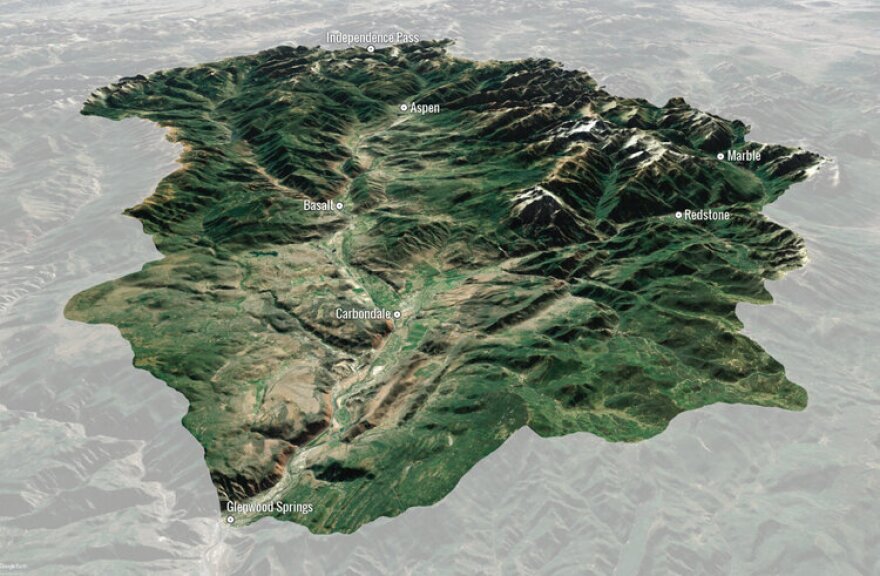As the impacts caused by human development and the climate crisis worsen, native plants and animals such as elk, deer and bighorn sheep are declining in our region. In response to this, a group of local stakeholders conducted a three-year biodiversity study of the entire Roaring Fork River watershed.
“Rather than let it continue to unravel, identifying the best places to knit biodiversity back together seems like the best practice,” said Tom Cardamone, a local ecologist and executive director of Watershed Biodiversity Initiative.
According to Cardamone, the idea behind “The Roaring Fork Watershed Biodiversity and Connectivity Study” is to better understand what habitat areas of the 928,640-acre watershed have the most potential for biodiversity and should be protected or restored.

The local nonprofit Watershed Biodiversity Initiative was created in 2018 to undertake the study. Its partners include the U.S. Forest Service, Aspen Valley Land Trust, and Pitkin County Open Space and Trails, among others.
The initiative worked with scientists from the Colorado Natural Heritage Program to collect field data across all the main drainages, elevations and habitat types in the watershed.
This data is now being combined with satellite imagery to create a set of maps that depict ecological conditions and biodiversity hot spots.
“This whole project really is about a community effort toward a common goal that I really believe is shared throughout this whole watershed,” Cardamone said.

The Watershed Biodiversity Initiative will be releasing the maps and the final results of the study to the public in the coming weeks.
Aspen Public Radio spoke with Tom Cardamone about the study and how to protect the land and wildlife that make the Roaring Fork River watershed a unique place to live.
Listen to the conversation above.



